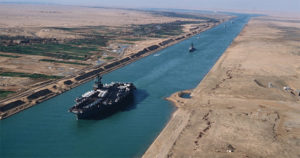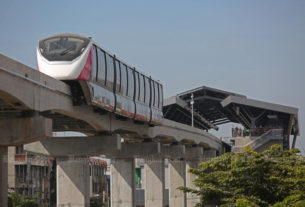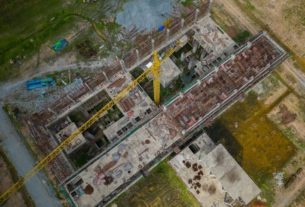 Forget Thailand’s proposed Kra land bridge, just build a canal
Forget Thailand’s proposed Kra land bridge, just build a canal
The prospect of the Kra Canal, a man-made waterway cutting across Thailand’s Isthmus of Kra, has ignited impassioned debates across various spheres. For years, the canal has remained a theoretical venture, lurking in the wings of policy discussions and tantalizing the imagination of strategic planners. Despite the substantial logistical and financial hurdles that come with this mega-project, the merits of the Kra Canal for Thailand are too compelling to dismiss.
Firstly, the Kra Canal presents an unparalleled economic opportunity. In a world where international trade is the lifeblood of global economies, the canal could become a cornerstone of Southeast Asian commerce. By providing a direct maritime route between the Andaman Sea and the South China Sea, the canal would significantly shorten the travel distance for ships navigating between the Indian and Pacific Oceans. Currently, vessels must traverse the congested and geopolitically sensitive Strait of Malacca, a detour that not only increases shipping time but also inflates costs. The canal’s capacity to bypass this chokepoint makes it an attractive alternative that could quickly gain popularity, driving a steady stream of revenue into Thailand’s coffers.
This leads to the second point: job creation. The construction and maintenance of the canal would require a large workforce, helping to mitigate unemployment and underemployment in southern Thailand. As a hub of maritime activity, the canal is likely to stimulate the growth of ancillary services like ship maintenance, refueling, and logistics. Entire towns and cities could emerge around this infrastructure, much like the communities that have grown around pivotal transport routes in history. The inflow of foreign investment for these peripheral industries would further bolster the Thai economy.
Moreover, the Kra Canal could become a catalyst for regional development. The economic benefits would not be confined to Thailand alone; neighboring countries like Myanmar, Cambodia, and Malaysia could experience increased trade volumes and investment as a result of improved shipping routes. Additionally, the canal could deepen Thailand’s strategic partnerships within ASEAN, positioning the nation as a central player in regional politics and commerce.
Environmental concerns, often raised as a counterpoint, could actually find a partial remedy in the canal. With shorter routes, ships would burn less fuel, thereby reducing greenhouse gas emissions. Technological advances in engineering and construction offer further assurances that the environmental impact could be minimized. While it’s true that any such large-scale project will have ecological repercussions, these must be weighed against the broader, long-term benefits. Careful planning and stringent regulations could mitigate many of the environmental risks associated with the canal’s construction and operation.
National security is another aspect worth considering. While the canal would indeed become a strategic asset—thus, a potential target—it would also enhance Thailand’s capacity to monitor and regulate maritime traffic. Furthermore, the revenue generated could be channeled into bolstering the country’s defense capabilities. Critics argue that the canal might deepen Thailand’s involvement in geopolitical rivalries, particularly between the United States and China. However, if managed astutely, Thailand could leverage its enhanced strategic importance to negotiate more favorable terms with both Eastern and Western powers, thereby maintaining a balanced foreign policy.
Cultural ramifications also cannot be ignored. The canal would symbolize Thailand’s capabilities and aspirations, becoming a testament to its technological and organizational prowess. It could serve as a powerful emblem of national unity and purpose, galvanizing the population around a common endeavor that tangibly enhances the country’s standing in the international community.
Certainly, the Kra Canal would be an ambitious undertaking, and it is not without its risks and challenges. There are valid concerns surrounding its environmental impact, financial feasibility, and geopolitical implications. Nevertheless, these challenges are not insurmountable. Through meticulous planning, international collaboration, and a clear vision, they can be effectively managed.
In sum, the Kra Canal is not just a proposed waterway but a multifaceted opportunity that Thailand would do well to seriously consider. Its potential to catalyze economic growth, create jobs, foster regional development, and even mitigate environmental issues makes it a compelling avenue for the future of Thailand and Southeast Asia at large. It could be the project that propels Thailand into a new era of prosperity and strategic importance, leaving an indelible mark on the 21st century.
Source: https://www.thaienquirer.com/51003/forget-kra-land-bridge-just-build-a-canal/


